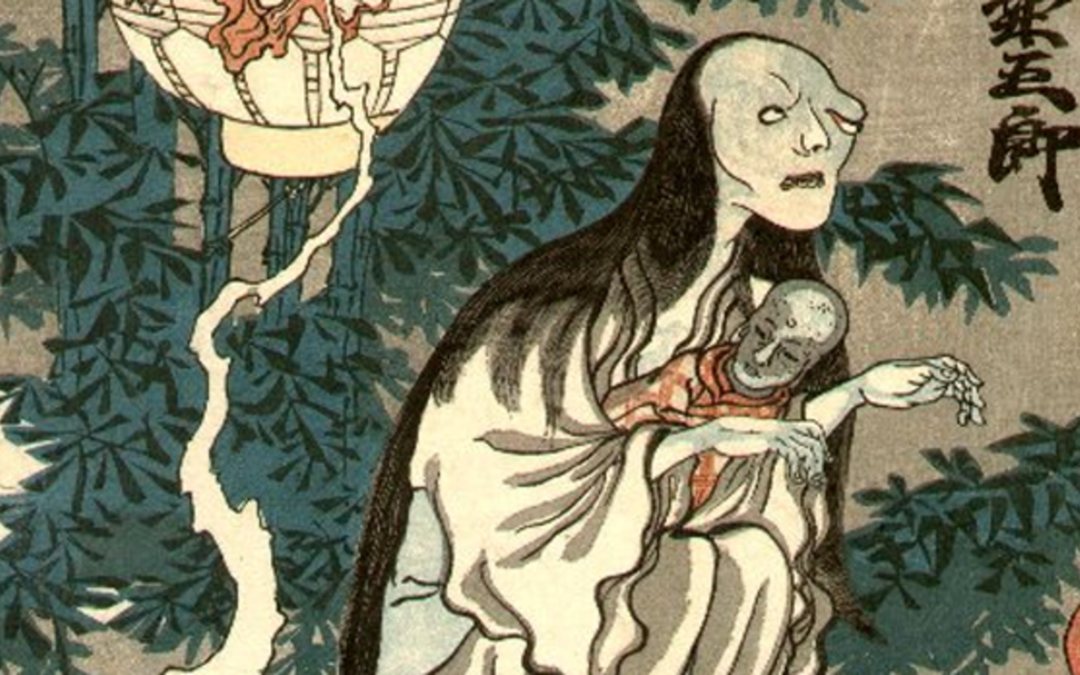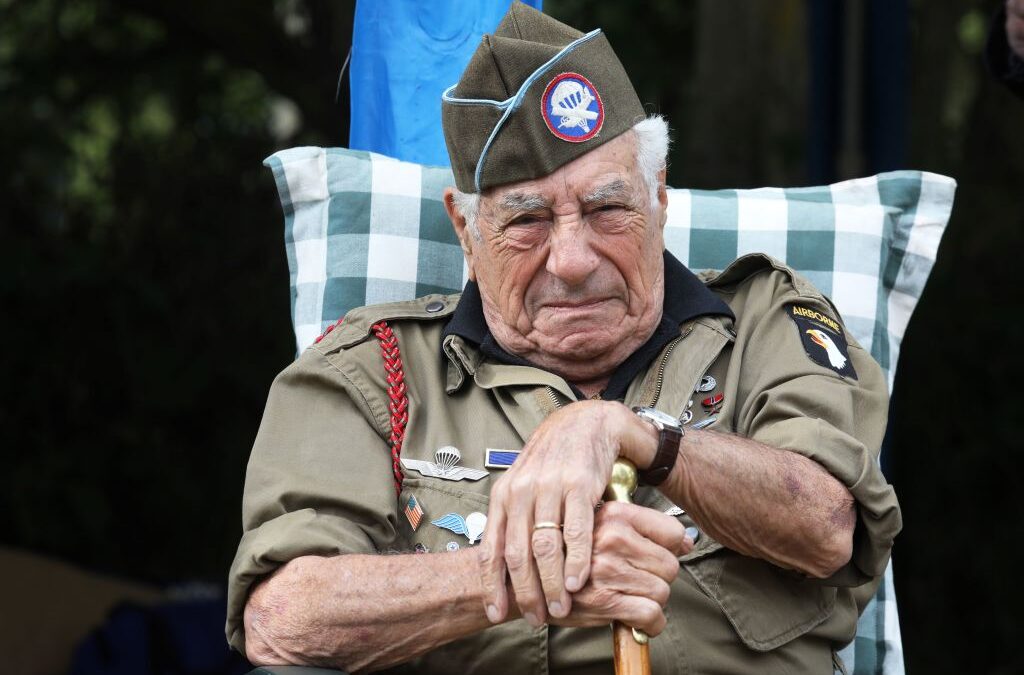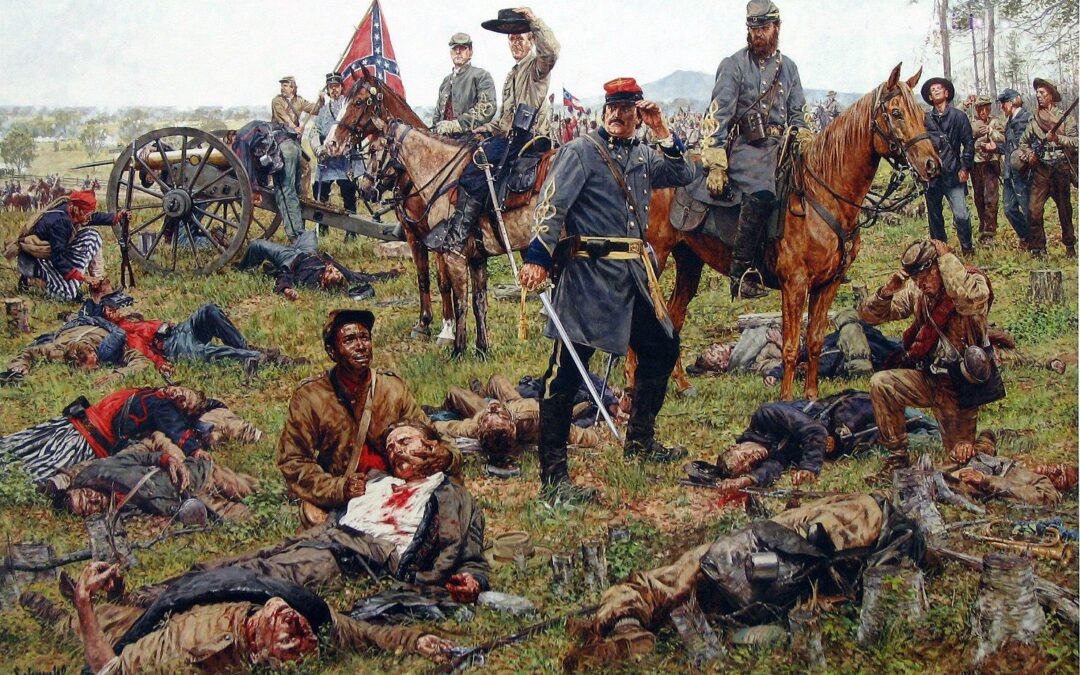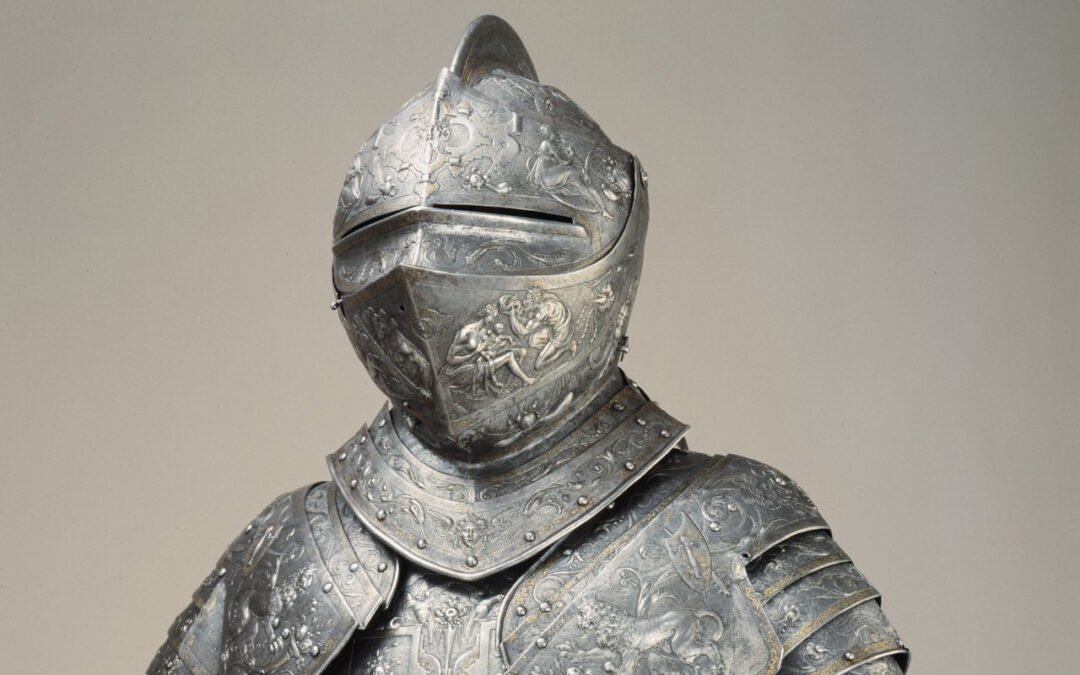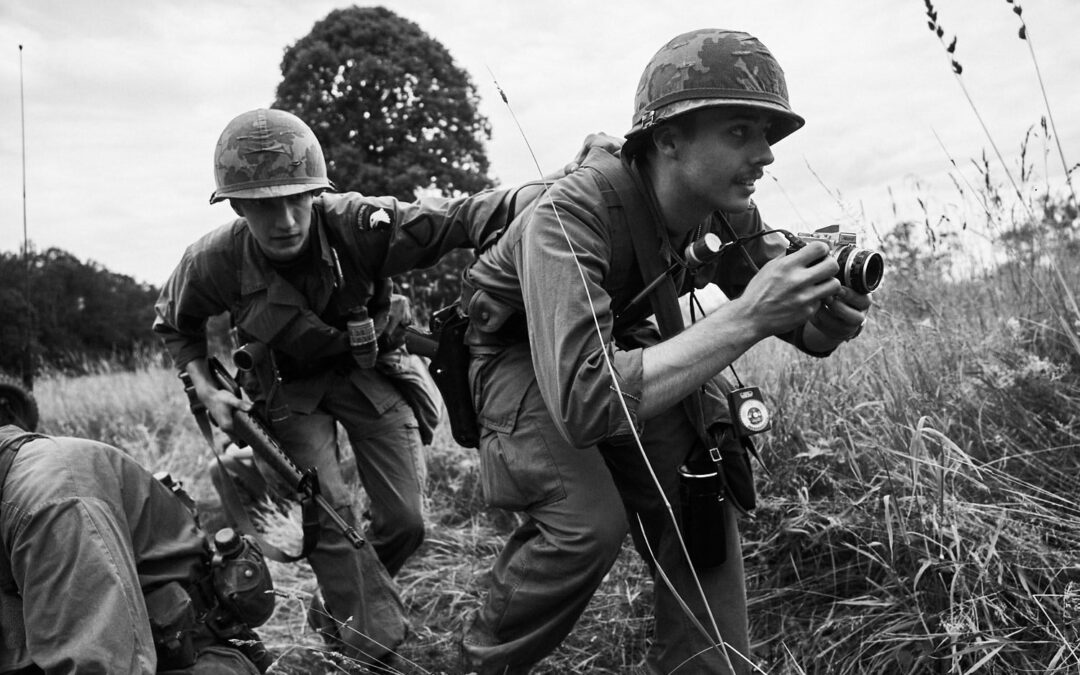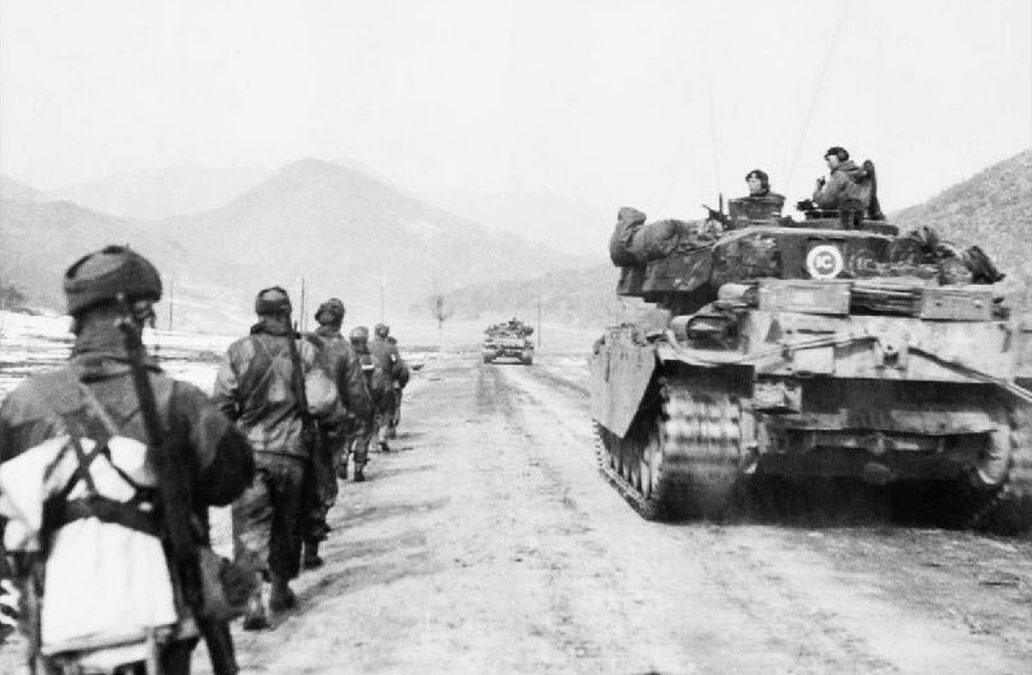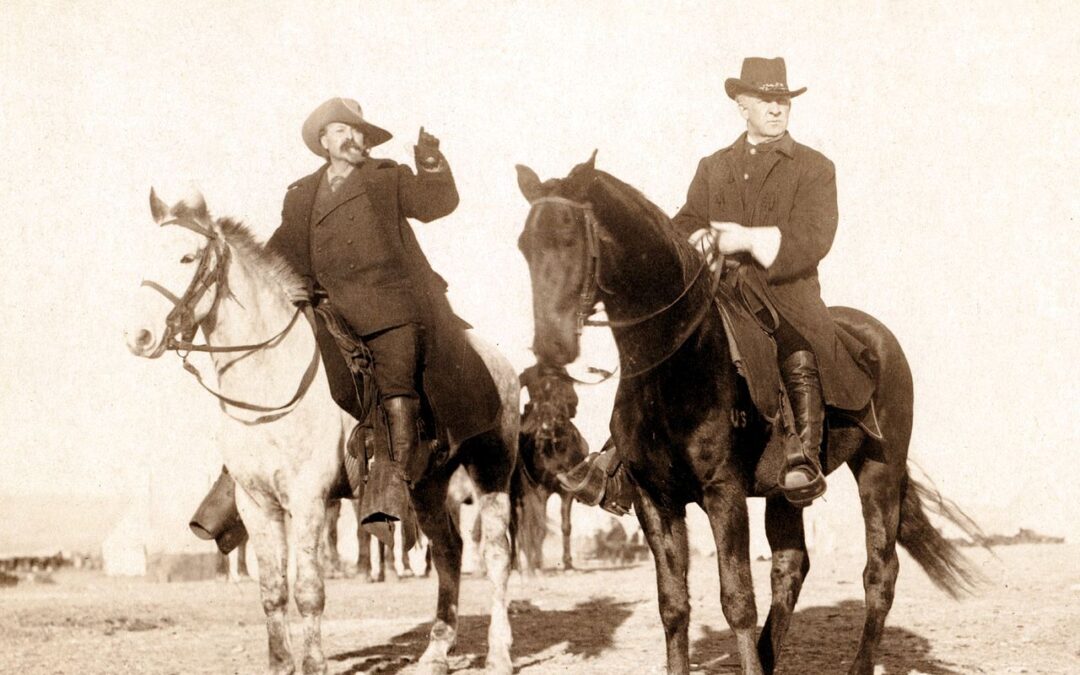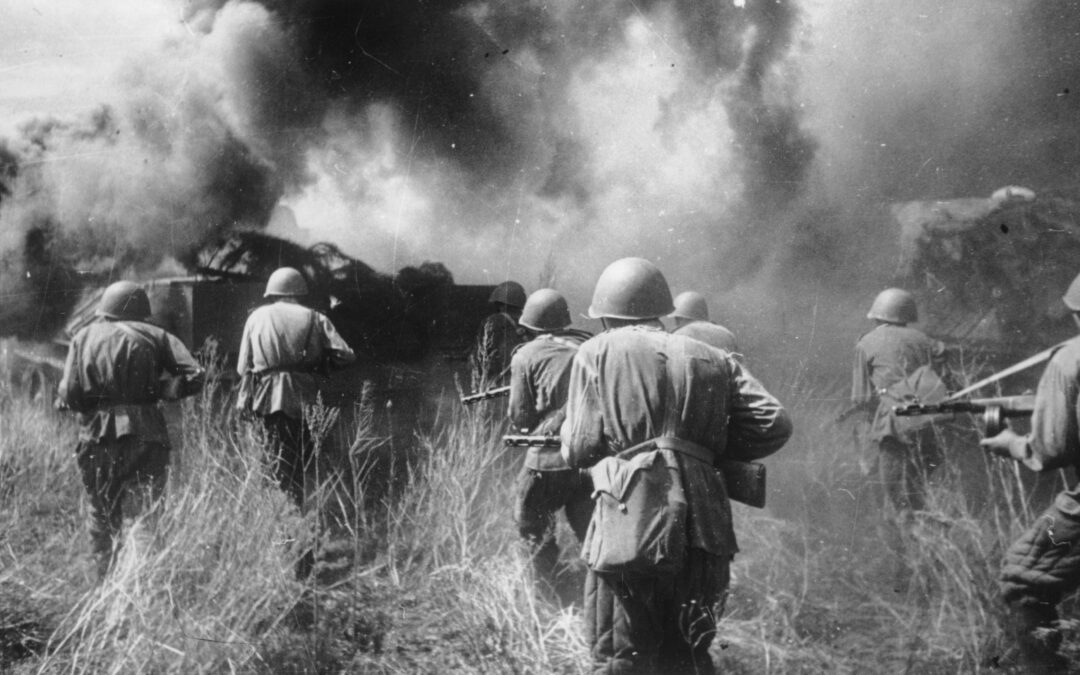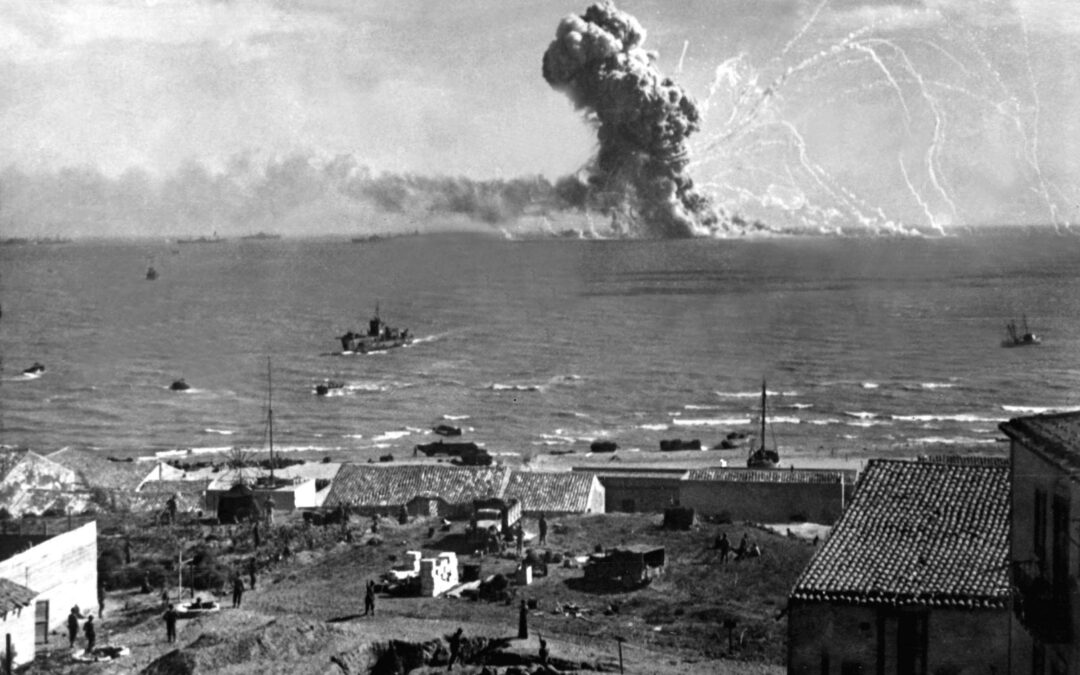With no less than 620,000 deaths recorded over four years of intense fighting between Confederate and Union forces, the American Civil War remains the bloodiest conflict in American history. Playing host to battles such as Shiloh, Antietam, Stones River, and Gettysburg, the Civil War holds tales of unprecedented violence, ferocious bravery, and unparalleled heroism. Among these many tales is that of Lieutenant General Arthur MacArthur Jr. whose bravery at the most critical moment inspired his regiment during the Battle of Missionary Ridge. Arthur MacArthur Jr.'s Biography MacArthur Jr. was born in the Chicopee Falls area of Springfield, Massachusetts on June 2, 1845. His mother Aurelia was the daughter of Benjamin B. Belcher, a wealthy industrialist. She would die at the age of 45, leaving behind Arthur and his brother, Frank. MacArthur's father, Arthur MacArthur Sr., was a prominent judge and the fourth governor of Wisconsin. With his father's influence, MacArthur enrolled in the...

